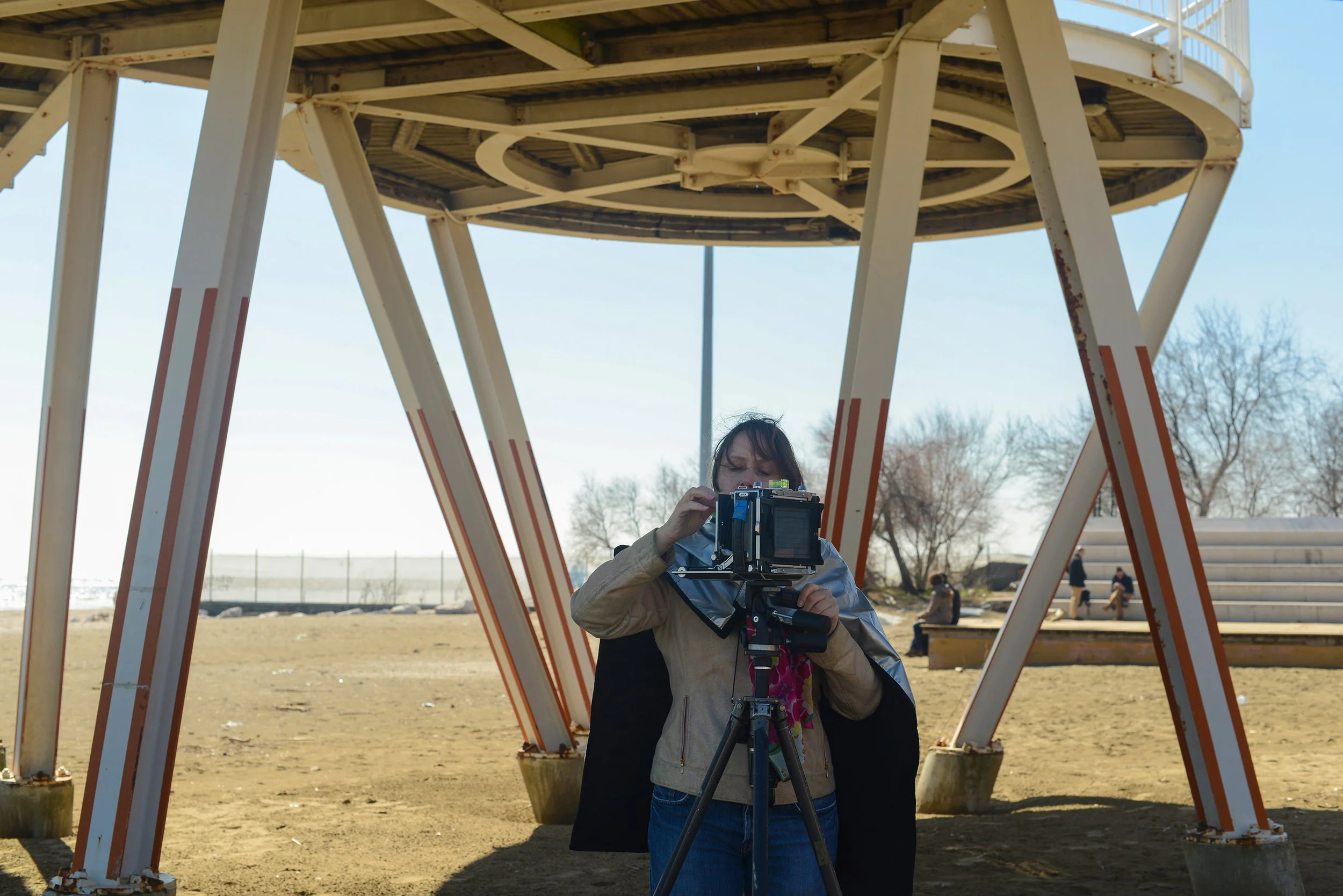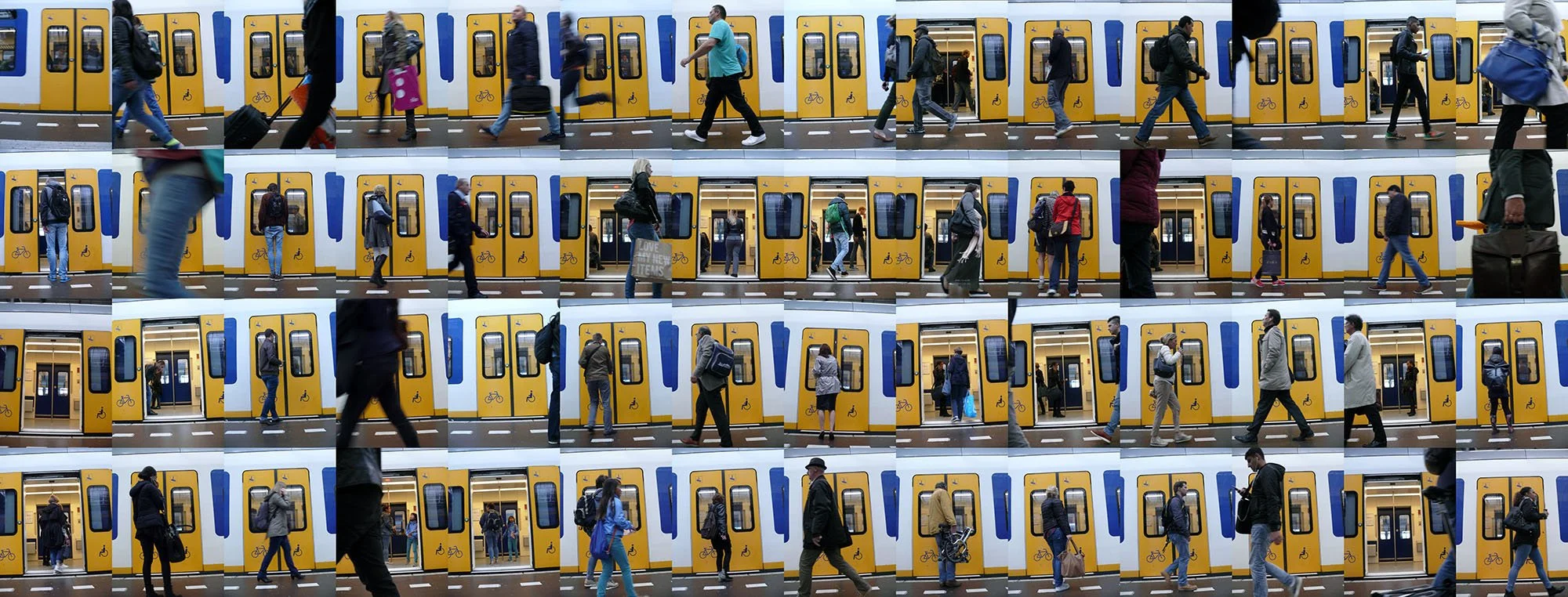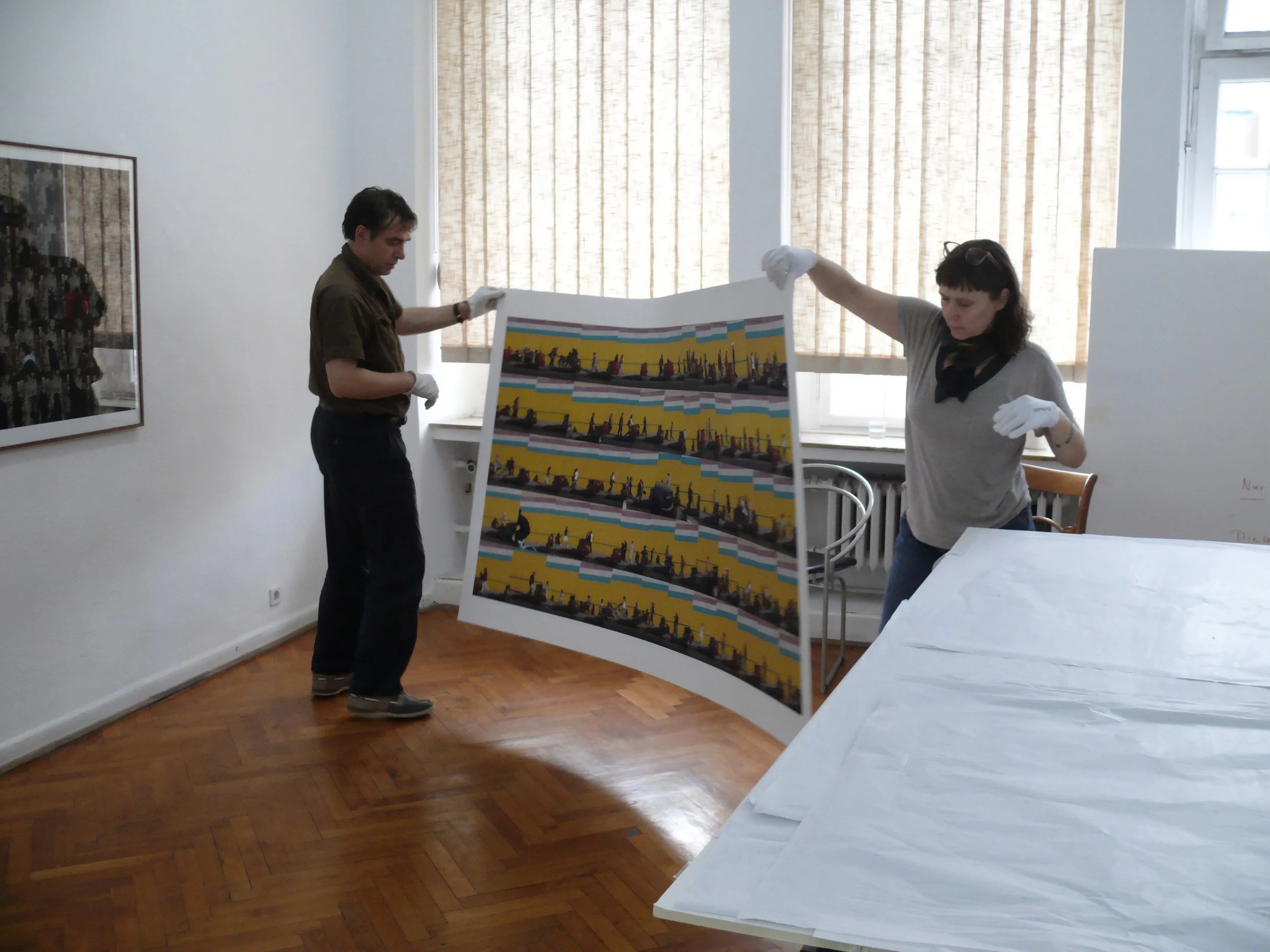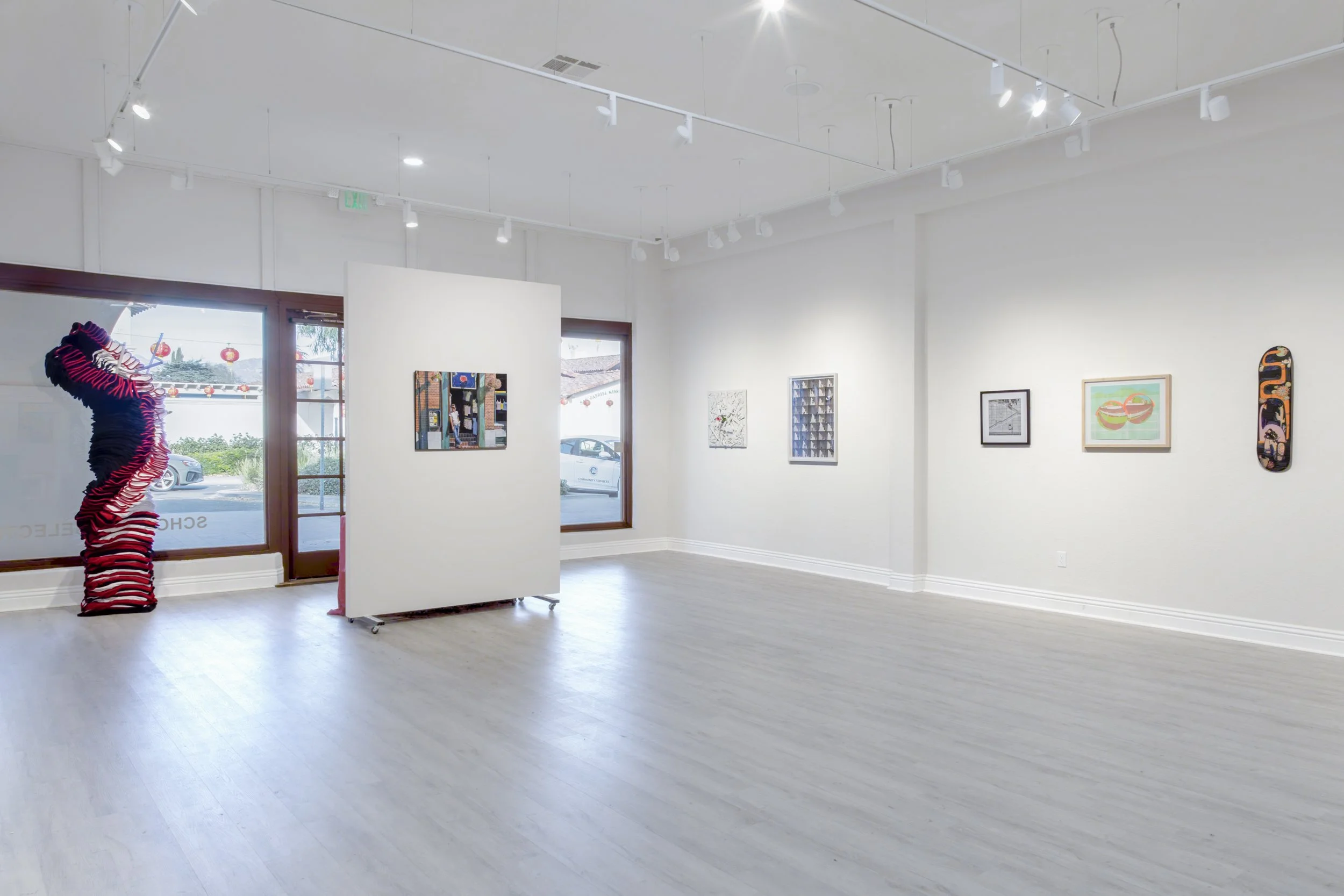Art as a Refuge and a Lens for New Perspectives
Organized by The Bridge Arts Foundation, the "Urban Pulse" Open Call Exhibition is now on view at The Scholart Selection Gallery in San Gabriel, California, running through February 22, 2025.
As part of the exhibition, The Bridge Arts Foundation’s Art Director, Tia Xu, sat down with several participating artists to discuss their creative process and artistic vision. In this interview, we are delighted to feature a conversation with artist Juliane Backmann.
—— Q&A ——
Tia Xu: Could you please share your background and what inspired you to pursue a career in art?
Shooing at the Lido I Venice Italy, courtesy of the artist.
Juliane Backmann: I grew up in Germany. From an early age I was exposed to many varieties of art, everything from baroque churches to contemporary abstract and conceptual art. Every Sunday my parents would say: “You’re going to see art!” in a tongue in cheek kind of way. Studying photography appeared as a good choice opening artistic, editorial and commercial career paths.
Tia Xu: What does "Urban Pulse" mean to you, and how does your artwork explore this theme? Can you tell us the story behind your artwork from the exhibition?
Juliane Backmann, Prinzipalmarkt, 2015, Lambda print, 32 x 24 in, photo courtesy of the artist.
Juliane Backmann: A pulse is a kind of rhythm. It manifests itself in urban landscapes through the movement of people and light. My “passing by” series is a long-term project telling the timeless story of interplay between humans and their urban environment in a photographically unconventional way.
Prinzipalmarkt is part of this series, shot in my hometown of Münster, Germany. I picked a vantage point and photographed people passing by in the center of town during a certain time frame. While I assemble all the images taken, new environmental graphics emerge. They portray the movement, energy and patterns that people create on their journeys passing by these places. They mirror the social, environmental, architectural and functional fabric of each location.
Tia Xu: Are there any artists or art movements that have had a significant influence on your work? If so, why?
Juliane Backmann: I enjoy the analytical objective approach of the Düsseldorf School of Photography as well as the playfulness of David Hockney’s photo works. Both are very much based on composition and graphic impact. They document environments and how human creations have changed them and used them for their purposes.
Centraal-Station, Amsteram, Lambda print, 24" x 48", courtesy of the artist.
Tia Xu: Can you describe a challenging moment or obstacle you've encountered during your artistic journey and how you successfully overcame it?
Juliane Backmann: Art is my refuge. During whatever challenging times in my life I focused on creating and looking at things from a new perspective. For me art has always been an integral part to the solution of challenges.
preparing for an exhibit at the gallery Etage in Münster, Germany, courtesy of the artist.
Tia Xu: What emotions or ideas do you hope viewers will take away from experiencing your artwork?
Juliane Backmann: While observing my photo collage the viewers are invited to slow down and experience a place as I did while shooting it and composing the images. First they see a graphic pattern and then, upon closer examination, discover individual people, who give the place true purpose and meaning. Hopefully they will immerse themselves into the scene and experience the rhythm and passage of time rather than a frozen moment.
Tia Xu: Are there any other series that you are currently working on? Would you mind sharing them with us?
Juliane Backmann: For quite a while now I’m working on a continuing series of urban landscapes. I have been intrigued by areas of Los Angeles that look like movie sets right after the crew has left. Photographed as scenic canvases they invite the viewer to imagine characters and a plot. With a large format field camera I’m capturing these scenes objectively and in great detail. The photographs are not manipulated; they are straightforward documents of space and time.
During the pandemic lockdown I’ve also started to make found object sculptures, they are almost readymade a la Duchamp, but require some assembly. At first I created them only to be photographed and have the image be the final work. Eventually during the process the sculptures took on lives of their own and some of them became stand-alone works.
The Bridge Arts Foundation's "Urban Pulse" Open Call Exhibition Installation View, Photo: ©The Bridge Arts Foundation / Luna Hao
ABOUT OPEN CALL EXHIBITION PROGRAM
The Bridge Arts Foundation's "Urban Pulse" Open Call Exhibition Installation View, Photo: ©The Bridge Arts Foundation / Luna Hao
Bridge Arts Foundation's Open Call Exhibition Program is committed to supporting emerging artists by providing them with opportunities to showcase their work. "Urban Pulse" features 16 outstanding artists selected from over 100 submissions through a rigorous jury process involving art professionals. This exhibition runs from January 20th to February 22nd, 2025, at The Scholart Selection Gallery, offering a dynamic exploration of the energy, complexity, and human connections within urban spaces.
ABOUT ARTIST
Juliane Backmann
Born in Muenster, Germany, Juliane Backmann studied photography at the Academy of Photo Design in Munich. Living in Los Angeles since the early nineties she has been working on numerous fine art projects that include documenting urban landscapes as well as a number of portrait series, utilizing assemblage, collage and unconventional darkroom techniques. She has recently started to create video works and mixed media art as well. Her photographs, videos and mixed media works have been exhibited throughout the United States and Germany. She was awarded a residency from the Emily Harvey Foundation in Venice, Italy and won several awards from the APA, PX3 and Analog Sparks.







